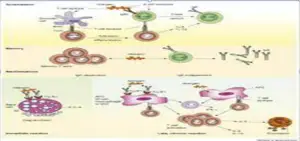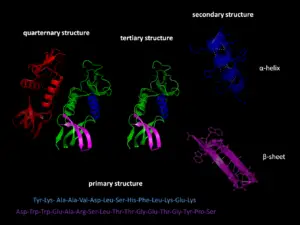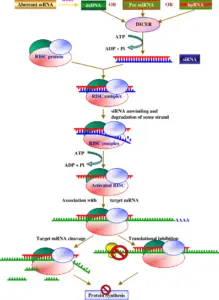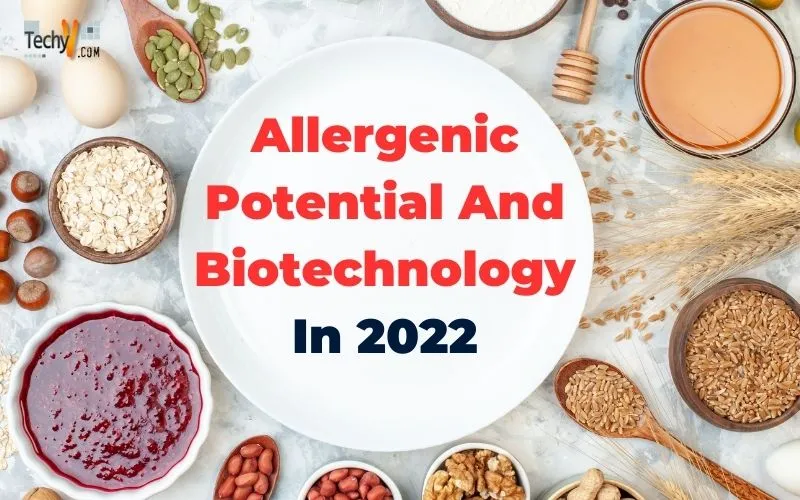In recent years, some of the agricultural vegetation has advanced with recombinant DNA generation. Because the transferred genes code for proteins which might be, in most cases, no longer found in those specific meals, there may be approximately the allergenicity of those new crop types. Foods comprise many proteins; however, handiest a small fraction are allergens. Although the structural houses of proteins that motive allergies have now no longer been characterized completely, recognized meals allergens in fashionable have molecular weights among 10 and 70 kDa, stimulate the immune response, and are strong molecules that might be immune to processing, cooking, and digestion.
1. Biotechnology Within Side The Context Of Converting Meals Deliver
In latest years, significant interest has been paid to using biotechnology to enhance the amount and exceptional of the meals delivered. This hobby is fueled, in part, with the aid of using a developing global populace this is predicted to double with the aid of using the 12 months 2025, coupled with the conclusion that there are constrained alternatives for growing the quantity of land below cultivation for the manufacturing of meals vegetation without implementing unwanted environmental costs.

2. Breeding And Choice Vs Genetic Engineering
Alterations within side the meals deliver delivered approximately with the aid of using classical breeding and choice techniques generally worried the motion of huge quantities of genomic DNA among distinctive plant types for you to gain the favored trait. This is in comparison to the strategies of genetic engineering or, as a few name it, molecular breeding. The generation of genetic engineering permits the choice and switch of a selected gene from one species to another.

3. Risks Of Meals Allergic Reaction
Food allergic reactions arise in about 2–8% of the populace with maximum meals allergic reactions related to handiest 8 meals or meals groups (2-4). Furthermore, allergenic meals can also additionally comprise as much as 20 000 proteins, however generally handiest 10–20 of those can be allergenic. Thus, the possibilities of being uncovered to an allergenic meals protein or growing particular meals allergic reactions are low.

4. Genetically Changed Meals And Allergic Reaction
The number one allergic reaction danger to purchasers from GM vegetation can be positioned into certainly considered one among 3 classes. The first category, representing the best hazard to the allergic consumer, is the switch of a recognized allergen or a cross-reactive allergen right into a meals crop. For example, putting a gene encoding a recognized peanut allergen into corn could probably make this GM crop dangerous to all peanut-allergic individuals. This virtually took place for the duration of tries to supply a nutritionally more advantageous soybean which expressed a Brazil nut protein.

5. Allergy Evaluation Of Biotech Proteins In Meals
To mitigate the 3 classes of capability, allergic reaction hazards related to biotech vegetation, all genes delivered into meals vegetation go through a chain of assessments designed to decide if the biotech protein well-known shows houses recognized meals allergens.
6. Biotechnology And The Capability For Improvement Of Meals With Decreased Allergenicity
Biotechnology is being utilized in numerous methods to decorate the high-quality fitness outcomes of meals and to lessen or abolish viable bad outcomes. The capability severity of scientific allergic signs has led a few scientists to discover techniques to lessen the allergenicity of meals through the usage of genetic engineering techniques. For example, genetic engineering may be used to lessen allergenicity with the aid of using several techniques together with post-transcriptional gene silencing, alteration of an allergen’s secondary or tertiary structure, and change of the number one amino acid collection of genes encoding allergens.

7. Alteration Of Allergen Secondary Or Tertiary Structure
The organic pastime of thioredoxins, coupled with the remark that many meals allergens are proteins containing intramolecular disulfide bonds that can be crucial to their allergenicity, increases the opportunity that thioredoxin might be used to lessen the allergenic capability of a few meals. To check this concept, Buchanan and associates uncovered both the purified allergens from wheat and milk or an extract from those meals reasserts containing the allergens to thioredoxin purified from E. coli after which completed pores and skin assessments and monitored gastrointestinal signs in a sensitized-canine model.

8. Alteration Of Allergen Number One Amino Acid Collection
Studies to lessen the allergenicity of principal peanut, soy and shrimp allergens with the aid of using amino acid collection alteration were described. It has been proven thru some of the research that the principal shrimp allergen and, indeed, the main allergen in maximum crustacea, arachnids, and bugs is the muscle protein tropomyosin.
9. Post-Transcriptional Gene Silencing
Herman et al. have effectively silenced the main allergen in soy the usage of this generation. Transgene-triggered gene silencing changed into used to save you the buildup of the Gly m Bd 30 K protein, the main soy allergen, in soybean seeds. Importantly, the Gly m Bd 30 K-silenced flowers and their seeds lacked any compositional, developmental, structural, or ultrastructural phenotypic variations whilst in comparison with manipulated flowers.

10. Concluding Remarks
Food allergic reaction is a regularly misunderstood, uncommon ailment that has a genetic and environmental aspect that contributes to its improvement. As no recognized therapy is to be had for the ones bothered with meal allergic reactions, ailment control is finished with the aid of using avoidance of the offending meals. As a result, full-size weight within side the evaluation of a biotech protein is given to the want for publicity prevention, which, within side the context of protection evaluation, manner decreasing the probability of shifting offending allergens from one meal to another.





















